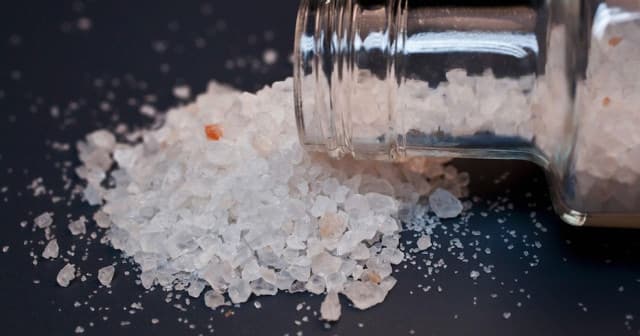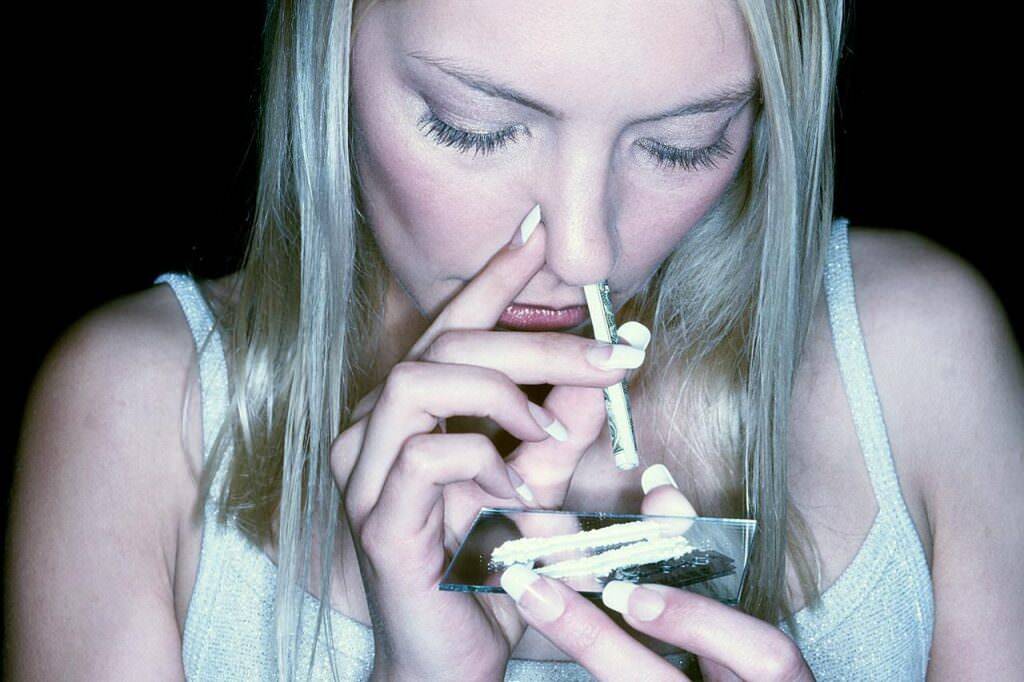PCP OVERVIEW

When it comes to classifying drugs, most people see them as being binary. In other words, most people see each street drug as belonging to one of two main categories: stimulants or depressants. While it’s true that the vast majority of mind-altering drugs do fit into one or the other, there’s another category that many people often forget about, which is hallucinogens. To make matters even more complicated, drug classifications aren’t so black-and-white. There are many times when a substance will fit into more than one category. A prime example of this is PCP, which has characteristics of both stimulants and hallucinogens.
Of course, it’s a matter of opinion whether the drug’s stimulant or hallucinogenic properties are what make the drug especially dangerous, but since most hallucinogens aren’t fatal — unless a person under the influences behaves in such a way as to put his or her life in danger — there’s a case to be made that PCP belongs to the stimulant category just a bit more than the hallucinogenic one.
VIEW ALL STIMULANTS
- Cocaine Detox Program
- Crystal Meth Detox Program
- Crack Detox Program
- Ecstasy Detox Program
- MDMA Detox Program
- Amphetamine Detox Program
- PCP Detox Program
- Steroids Detox Program
WHAT EXACTLY IS PCP?

The name ‘PCP’ is actually an acronym for the substance’s more official name of phencyclidine, but this substance has several well-known nicknames, too. For instance, it’s not uncommon for people to refer to PCP as ‘angel dust’, ‘ozone’, ‘trank’ (which is short for ‘tranquilizer’), ‘Peter Pan’, ‘rocket fuel’, ‘the peace pill’, and even ‘embalming fluid’. The substance was synthesized for the first time in 1928 by Parke, David & Company, who marketed the drug as Sernyl during the 1950s, intended for use as a human anesthetic and for similar uses in veterinary medicine. However, human use was discontinued by 1965 following the results of a comprehensive study, which showed that many people experience a number of unpleasant effects from using the Sernyl. In particular, many individuals experienced powerful delusions, paranoia, anxiety, and aggravation. Today, it’s become quite uncommon for PCP to be used even in veterinary medicine, but the substance is still produced in very small, manageable quantities for the purpose of research.
It was in the 1960s when PCP emerged as a drug of abuse for recreational drug users. In fact, ‘the PeaCe Pill’ was a play on the drug’s anagram of PCP in addition to the fact that the drug was most common in its pill form. Meanwhile, use of PCP continued to spread throughout the 1960s and 1970s before peaking in 1978; by this point, users had taken to insufflating (inhaling through the nose) and smoking PCP since these routes of administration made the onset of effects much faster. More recently, there’s been a major problem with PCP being solder under the guise of other substances or being mixed into other substances. This means that users who think that they’re about to use marijuana or ecstasy end up unknowingly taking PCP, which can be a very dangerous situation since PCP is a powerful stimulant drug with hallucinogenic properties.
Another common trend seen among users of PCP is the tendency to intentionally lace their drugs with PCP, which they do to allegedly amplify the level of intoxication they experience from taking the drugs. Similarly, there are those who dip tobacco or marijuana cigarettes into embalming fluid as another method of administering PCP while also experiencing a faster onset of effects. These individuals often believe that they’re smoking formaldehyde, but the fluid is usually either PCP or formaldehyde that’s laced with PCP.
EFFECTS OF PCP

The use of PCP offers individuals a number of extremely powerful effects that can vary somewhat according to the route of administration. When it comes to using PCP, there are a few key methods of imbibing: Ingesting (eaten), insufflating (snorting), smoking, and injecting. The latter two — smoking and injection — offer the most intense and fastest onset of effects. Insufflating would be the next fastest and third-most intense while ingesting would be the slowest and least intense. As a stimulant, PCP serves to intensify the functioning of the central nervous system, respiratory system, and circulatory system; in other words, PCP causes a person’s heart rate, breathing, and blood pressure to increase substantially, as well as a number of other systems and functions throughout the body.
Arguably the most dangerous of PCP’s effects are cognitive in nature. A person on PCP thinks and behaves much differently from when he or she is sober. For instance, people on PCP often think of themselves as being invulnerable and invincible, which can lead to a level of risk-taking that puts their lives in serious jeopardy. As well, PCP often increases users’ aggression, causing them to instigate fights with others. While under the influence of PCP, an individual feels very little pain, which can lead him or her to injury, occasionally even on purpose. When you factor in the hallucinogenic and dissociative properties, the potential for injury, disaster, and even death becomes nearly certain.
PCP WITHDRAWAL SYMPTOMS
Although hallucinogens aren’t typically considered to be addictive (rather, most would day they’re habit-forming), PCP is known to be quite an addictive drug, which further illustrates how the drug is more of a stimulant than a hallucinogen. When a person who is addicted to PCP becomes unable to obtain or take the drug, he or she will experience a number of withdrawal symptoms that are associated with PCP addiction. For instance, he or she will experience lethargy and a significant lack of energy and motivation, pronounced weight loss or gain, depression, and anxiety. However, there are a number of more severe withdrawal symptoms that are possible, too, including speech difficulties, poor memory, confusion, lack of impulse control, suicidal ideations, and in the most severe cases, possibly even death.
OVERCOMING PCP ADDICTION
The effects of PCP addiction and withdrawal are quite severe and foreboding; however, anyone who is suffering from PCP addiction has the opportunity to overcome that addiction by taking advantage of some of the many addiction recovery resources that are currently available. For someone with PCP addiction, it would be ideal to begin with a detox program, which provides the individual with an initial period of time during which to focus on overcoming physical addiction before beginning the actual treatment phase.
After the individual has reaching the point of no longer being physically dependent on PCP, he or she should begin the actual treatment phase of recovery; typically, individuals are encouraged to take advantage of inpatient treatment, which ensures that patients get an optimal level of psychotherapy, group sessions, life skills training, relapse prevention education, and other useful elements. However, there are other types of programs that can be utilized to great effect, too. The goal is to match a person’s needs to the resources that best address those needs, allowing him or her to overcome PCP addiction and have optimal chances of remaining sober indefinitely.
